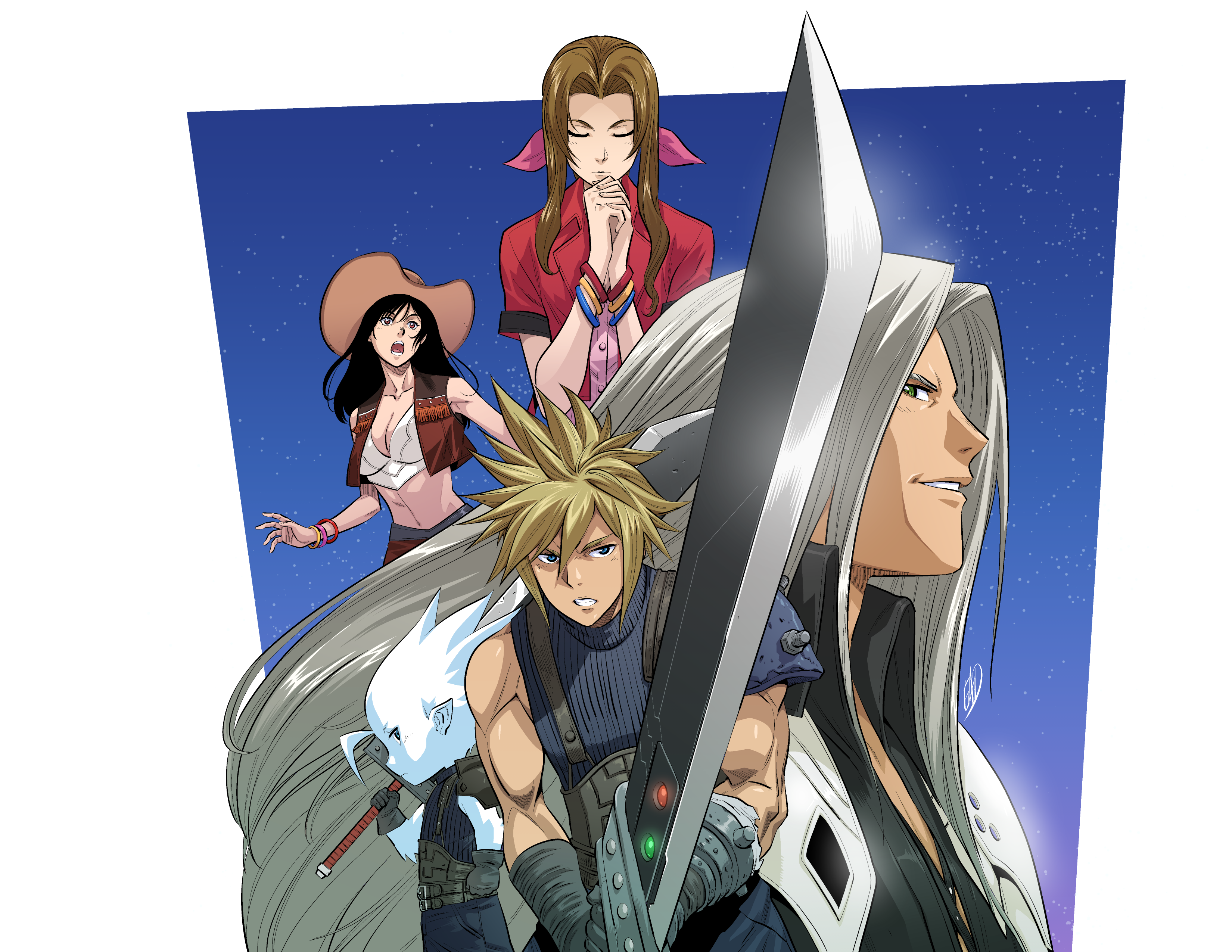
Final Fantasy VII Rebirth Review:
Without a shred of doubt, Final Fantasy VII is a special game to me. Back in 1997, my younger brother and I used to play it together at my father’s workspace, where he would read the printed strategy guide we had picked up from a local store while I am the one holding the controller and navigate through the world of Gaia. A very fond memory that keeps Final Fantasy VII close to my heart.
With Remake, we planned to relive that experience in a more modern way. We no longer needed a physical guide for sure, but we still played together through streaming services like Twitch. However, by the end of Remake, we were both disappointed with how the story unfolded. I wasn’t as let down as he was, but he bluntly stated, “Why couldn’t the remake just be… a remake?” And honestly, I saw his point.
So, when I booted up Final Fantasy VII Rebirth for the first time, I was prepared to experience a game that was completely different from what my younger self in the ’90s would have anticipated. But was it really different in a way that time would eventually erase from memory, or was it different in a way that would allow it to stand on its own merits, separate from what Remake had done to the original?
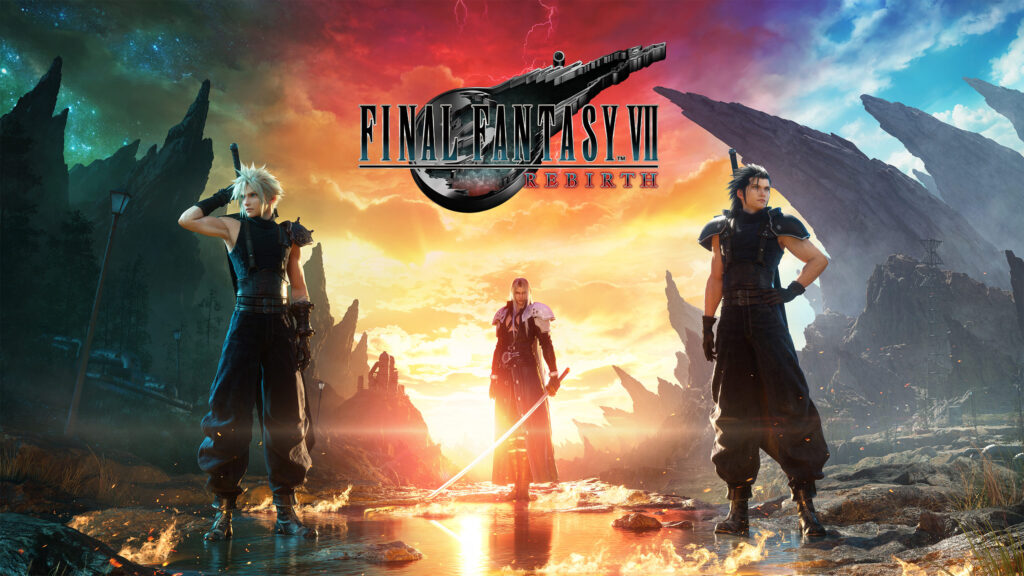
It Starts in Nibelheim:
Final Fantasy VII Rebirth picks up right where Remake leaves off. So, if you haven’t played Final Fantasy VII Remake, now’s the time to slam the brakes and backtrack—because this ride won’t make much sense otherwise. But if you’re here for the next chapter in the saga, you’ll be dropped right into one of the most pivotal moments in Final Fantasy VII history: Nibelheim.
And honestly? Starting here was an exciting choice. It gave me everything I wanted—nostalgia, intrigue, and just the right emotional beats. From the way characters interact to the mechanics woven into this haunting memory, the game doesn’t hold back. It delivers the same core moments the original game did while expanding on areas I always wanted to see fleshed out. For example, once the world begins to open up, you’ll find yourself diving into a series of survey side quests that deepen your understanding of Gaia’s history—whether it’s Shinra’s corporate grip on global power or the wars they waged against other nations. And it doesn’t stop there. Hunt-like missions reveal fascinating details about the monsters you fight, from their habitats to their behavior. As someone who loves these world-building details in RPGs, I welcomed these additions with open arms.
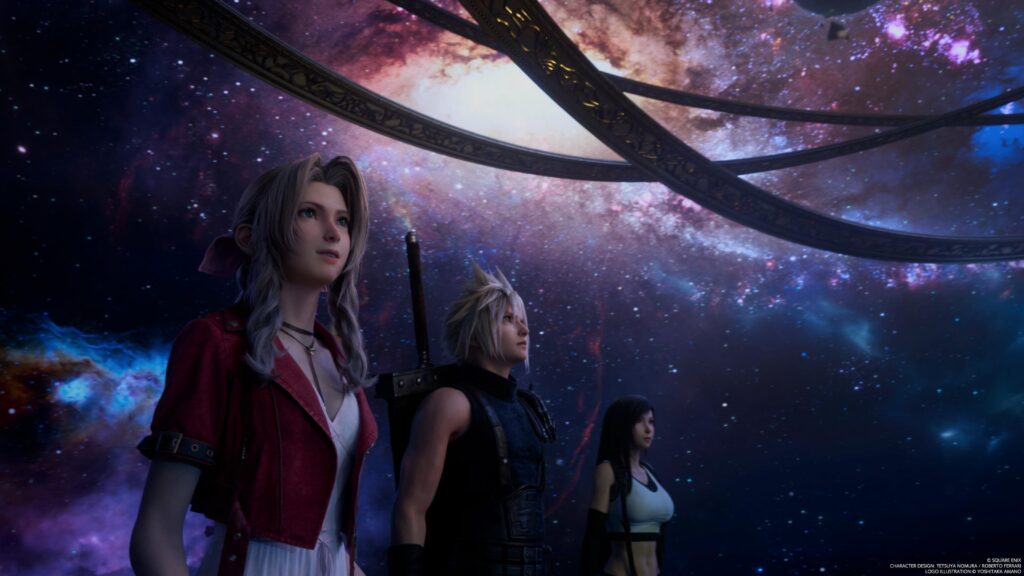
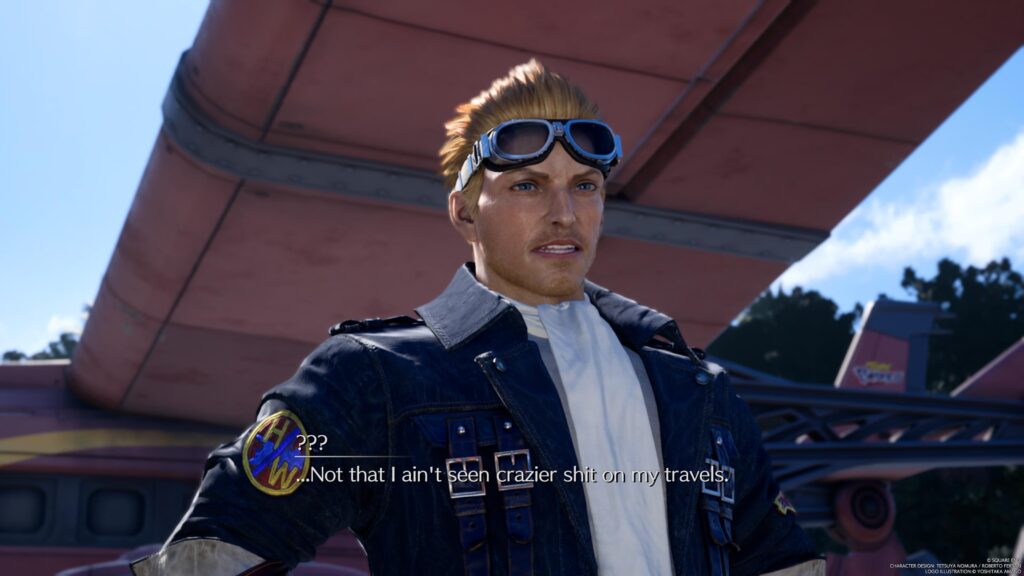
The Recipe for Disaster:
The game is structured into chapters, each packed with a staggering amount of gameplay before pushing you toward the next major story beat. While this approach stretches the time between advancing the plot and exploring what the game offers, the added lore and historical segments helped keep the flow intact for me. Where it stumbles, however, is in how the story itself unfolds. Rather than focusing on crafting a compelling narrative for both new and returning players, the writers seem more interested in pandering to a niche segment of the fandom. More often than not, I found myself answering the game’s story questions not because they were presented well, but because I already knew how everything played out from the original.
Where Final Fantasy VII Rebirth truly shines is in its characters. They’re fun, charismatic, and their chemistry is fantastic. Although I adored the new comers to this from Yuffie and Cait Sith to the good ol’ southern accented Cid. But the writers’ insistence on fueling the “shipping war” between love interests took away from what makes these characters truly memorable. Barret’s arc was the exception—beautifully handled and profoundly satisfying. But the rest? They fell flat under the weight of the game’s forced romantic drama. Instead of focusing on meaningful, character-driven storytelling, the game spends far too much time pushing certain romantic plots, forgetting to hit the emotional beats that make the story compelling. And that issue became painfully apparent towards the end.
The game did keep on all the original beats and added on some more interesting aspects to the the plot but honestly, I wish the game had ended before the final chapter. It’s the most crucial part of the story, yet it felt rushed, gutted, and manipulated beyond recognition. I went in hoping to relive these moments in all its glory, but instead, I got something that left a bad taste in my mouth. Not that I was surprised—I already knew what it was going to be: a casserole of half-baked ideas and overcooked drama.
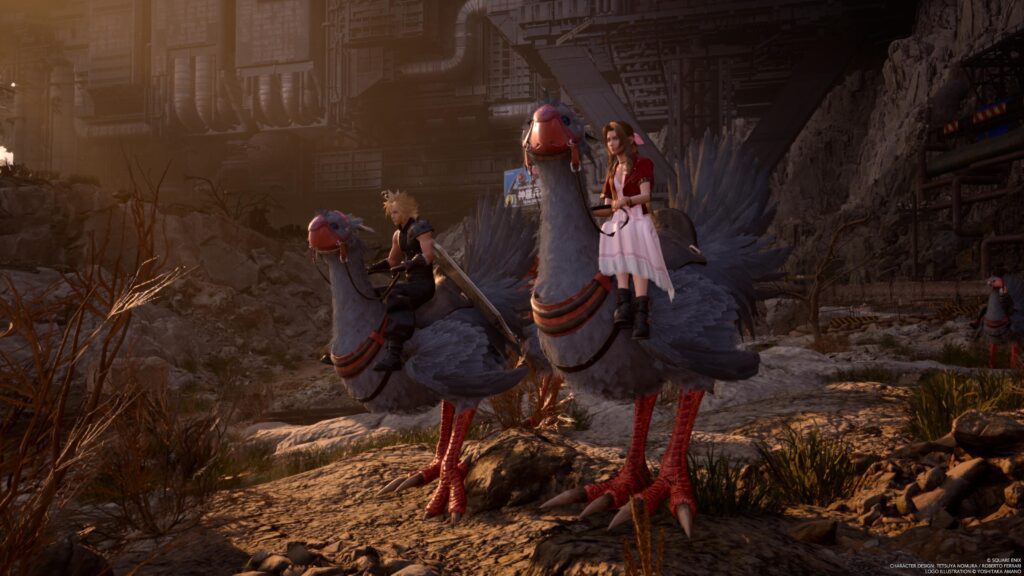

The Most Fun You Will Have in A Modern Final Fantasy:
And this is where Final Fantasy VII Rebirth shines—the team has cast the perfect spell, conjuring an experience that embodies everything Final Fantasy should be: fun, addictive, diverse, and beautifully presented. The battle system has evolved into a thrilling fusion of high-energy action and well-thought strategy. You’ll still get your adrenaline-pumping moments of button-mashing, but the refined ATB system places a stronger emphasis on strategically staggering enemies, which rewards tactical play over mindless aggression. The expanded Materia system seamlessly integrates with this mechanic, giving players more ways to maximize their staggering output. And let’s not forget the game-changing Synergy System, which lets our beloved heroes unleash devastating collaborative attacks, elevating the spectacle of combat to new heights.
Beyond combat, the Folio System attempts to add a new layer of character progression, reminiscent of Final Fantasy X’s Sphere Grid. While the idea is solid, I found it lacking the tangible sense of growth that a well-crafted RPG progression system should deliver. Instead of feeling like a rewarding journey of empowerment, it comes across as slightly disjointed, a missed opportunity to create a more intuitive and impactful upgrade system. A more streamlined approach could have elevated this feature to match the brilliance of the rest of the game’s mechanics.
Once you step into the vast open world, World Intel becomes your guiding star, courtesy of the ever-resourceful Chadley. This system introduces a treasure trove of side content across beautifully crafted landscapes, offering not just rich lore and hidden secrets but also powerful rewards—some of which include Summon Materia, for example. The exploration in Final Fantasy VII Rebirth is the star of the game, it is enriched by a variety of side quests, from unearthing hidden stashes to analyzing clusters of naturally formed Materia and hunting formidable monsters that roam the world.
Yes, ultimately, my greatest joy in Final Fantasy VII Rebirth came from the sheer thrill of exploration. I was so hooked that I refused to move on until I had fully cleared every region, savoring the satisfaction of that sweet congratulatory message flashing on my screen. The team has outdone themselves in crafting diverse, engaging environments—each map feels distinct, brought to life by cleverly designed Chocobo variations that aid you in traveling the map. Whether it’s scaling mountains, gliding over towering cliffs, or uncovering secrets hidden in the wild, these mechanics pay homage to the Chocobo breeding system of the original while offering something fresh. While I don’t believe Final Fantasy needs to adhere to a single gameplay formula with every entry, what Rebirth delivers is one of the franchise’s finest iterations yet—a masterclass in evolution that Square Enix should build upon for future titles, but definitely not limit themselves with.
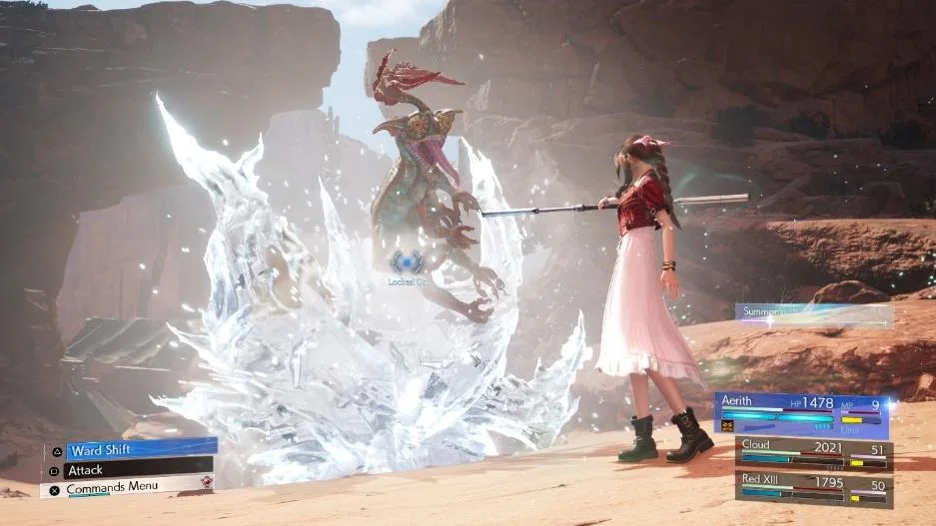
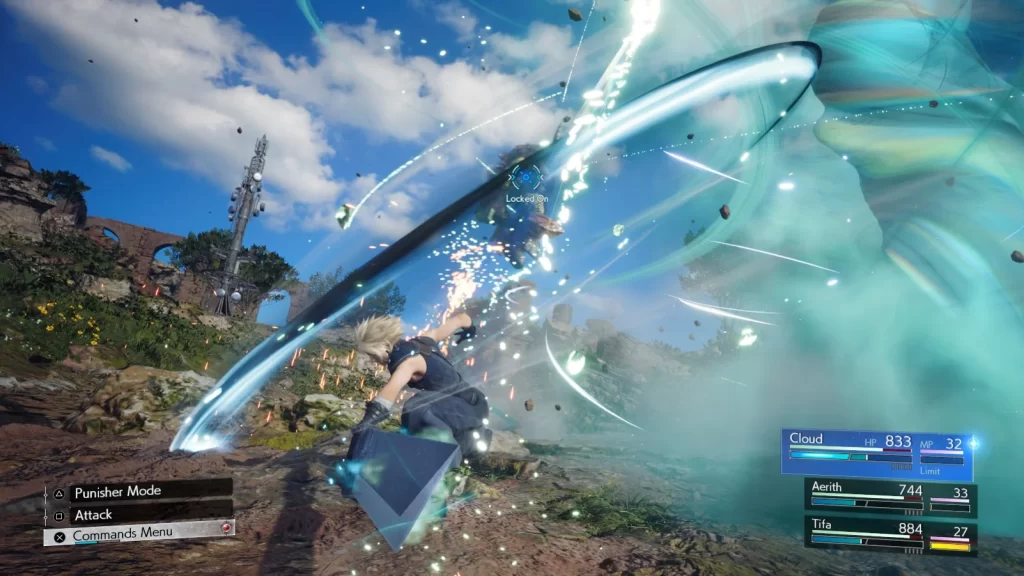
Mini-Games, Mini-Games, Mini-Games:
This chapter of Final Fantasy VII marks the long-awaited arrival at the legendary Gold Saucer, and fans of the original can rest assured—the development team didn’t just deliver on this iconic location, they went all out. Not only is this chapter packed with exciting mini-games that capture the spirit of the original, but the entire game is brimming with mini-games. If you fully plan to try everything Rebirth has to offer, you’ll likely find yourself spending hours diving into these diversions. And trust me—it’s far from a chore.
One of the standout additions is Queen’s Blood, a strategic card game with a surprisingly dark backstory behind its creation. But let’s focus on the real magic here—it plays better than most card-based mini-games I’ve encountered in any RPG. The core objective is deceptively simple: accumulate a higher total coin value than your opponent by strategically placing cards on the board. However, the real depth comes from each card’s special abilities—some buff your own cards, while others sabotage your opponent’s board with devastating effects. Certain cards even destroy your existing placements to boost their own power, while others unleash negative waves to slash your rival’s score. I found myself completely hooked, spending more time mastering Queen’s Blood than any other mini-game simply because it’s that addictive and rewarding.
Another returning favorite is Fort Condor, which, while it was a one-and-done side quest in the original, now appears across the world map for additional strategic challenges. Meanwhile, the Junon Parade makes a grand return with cinematic, button-timed QTE sequences, ensuring a spectacle worthy of Final Fantasy VII’s legacy. And for music lovers, there are pianos scattered throughout the game, allowing you to play your favorite Final Fantasy VII tracks.
And then, of course, there’s the Gold Saucer itself. Once you arrive, you’ll find a nostalgic lineup of classic mini-games, including 3D Brawler and Chocobo Racing, fully reimagined for modern consoles. The variety and polish of these games add an incredible layer of fun to the experience. However, for some players, the sheer volume of mini-games—especially those tied to the main story—might feel like a bit of a detour from the narrative’s emotional core. Still, for those who embrace the chaos and charm of Final Fantasy VII Rebirth, these diversions make the adventure all the more immersive, proving once again that Square Enix knows how to balance nostalgia with innovation.
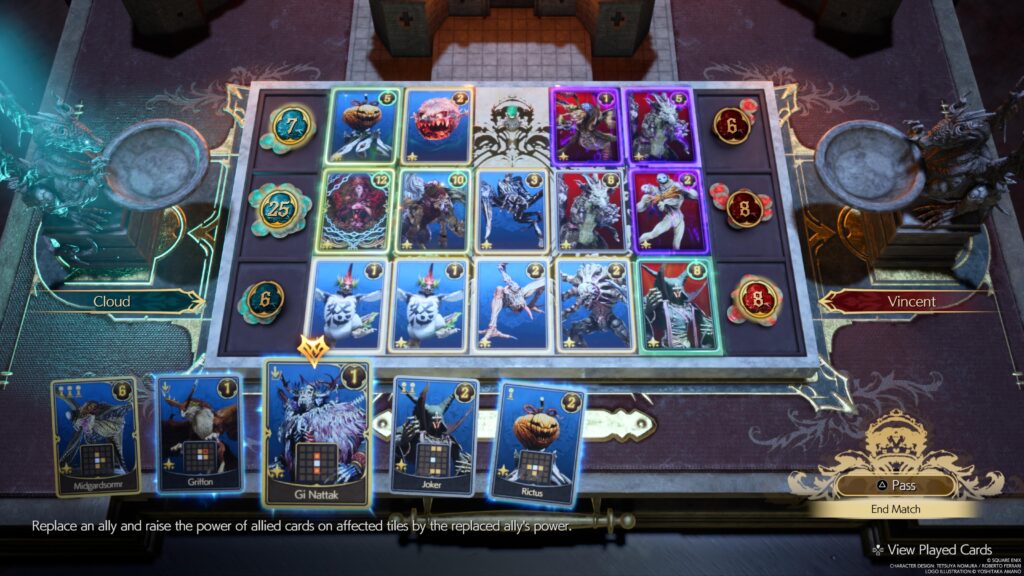
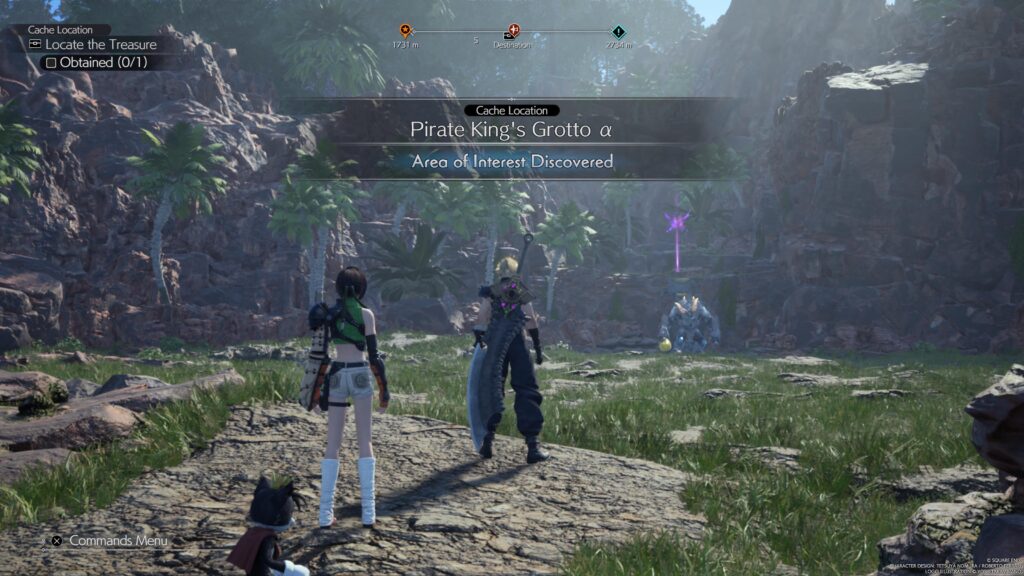
Sound > Looks:
Don’t get me wrong—Final Fantasy VII Rebirth is a massive leap forward from Remake. Visually, it’s breathtaking, with a world that is designed spectacularly, brimming with life and detail. Yes, there are a few graphical hiccups here and there, but they hardly detract from the sheer beauty of the landscapes. From lush green fields and cascading waterfalls to scorching desert dunes and dense, awe-inspiring jungles, every region feels distinct and vibrant.
But where Rebirth truly captivated me was its music. The soundtrack isn’t just background noise—it’s an emotional force that breathes life into every moment influenced by its original. Out of all the recent Square Enix soundtracks, this one ranks among my favorites, second only to Final Fantasy XVI. Every track feels meticulously crafted, whether it’s swelling orchestral pieces that heighten the drama or hauntingly beautiful melodies that immerse you in the world’s nostalgia. If there’s one piece of advice I can give, it’s this: crank up the volume the second you hit that start button—you won’t regret it.
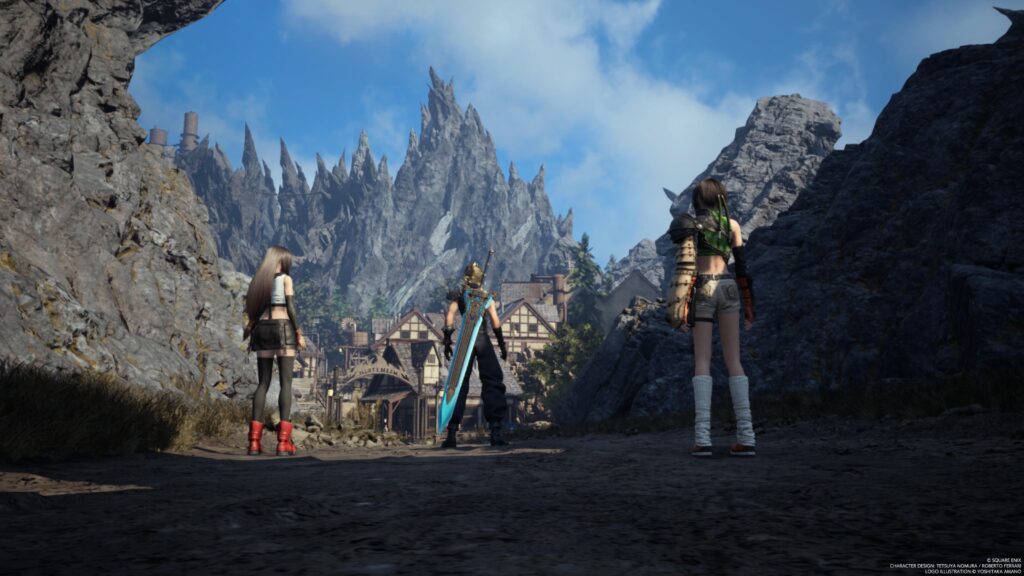
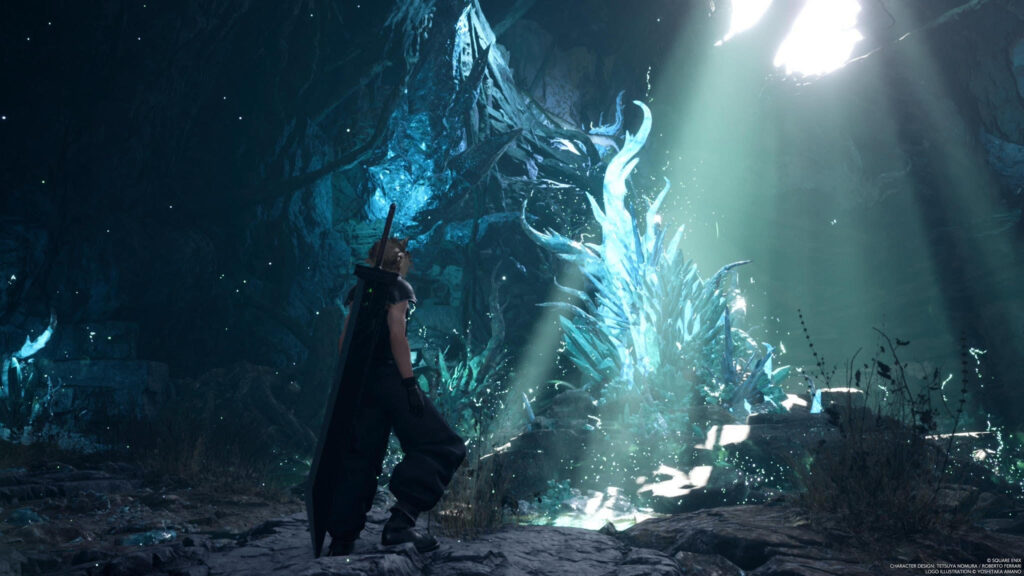
Final Fantasy VII Rebirth is a stunning achievement in gameplay, world-building, and character interactions. The expanded environments feel alive, the combat is the best the series has ever seen, and the sheer amount of side content adds depth to the world in ways that the original never could. It’s an RPG that excels at letting you play, offering countless hours of exploration, combat mastery, and adventure that make Gaia feel like a place worth getting lost in.
But as grand as Rebirth is in its systems and world-building, its narrative takes a noticeable step back. The story stumbles under the weight of pandering choices and forced subplots, often assuming players are already familiar with key events instead of delivering them with the emotional weight they deserve. By the time the final chapter rolls in, the game feels like it’s losing sight of what made Final Fantasy VII’s story so powerful in the first place. Rather than being a bold reinvention or a faithful retelling, Rebirth is lost somewhere in between—a half-step forward that thrills in gameplay but falters in storytelling.
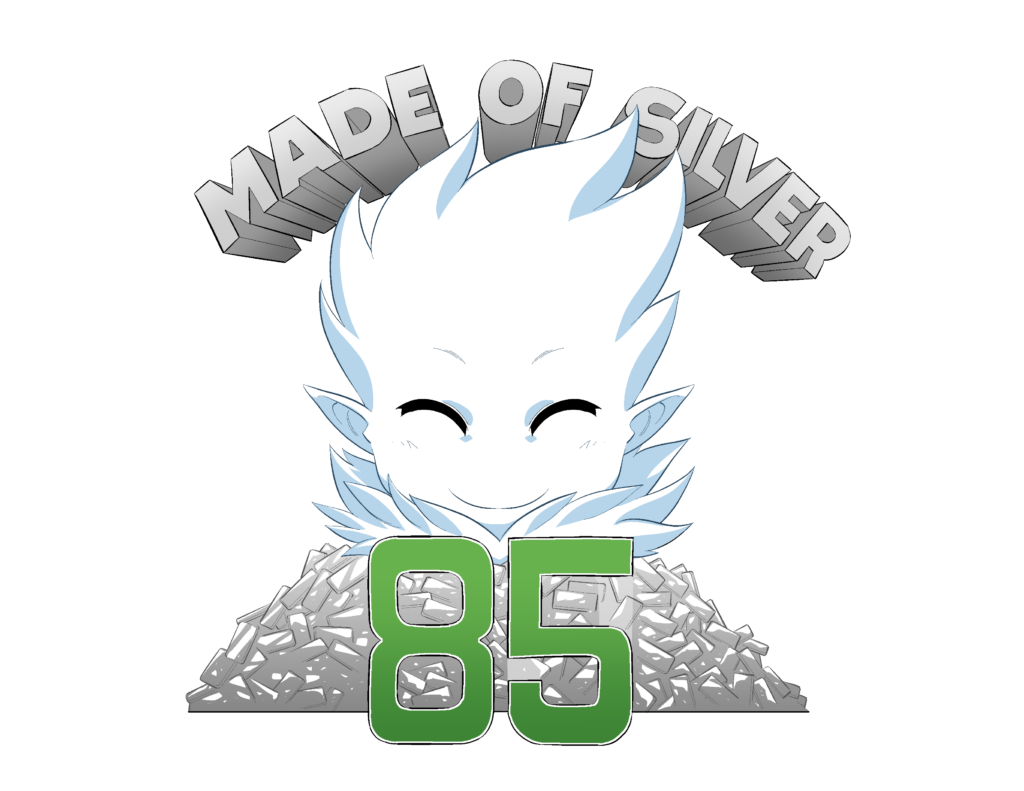

- A world worth getting lost in full of lore-packed side quests and places to discover.
- A thrilling combat that hits like a Limit-Break.
- Addictive and varied side content and mini-games.
- Character chemistry that sparks, bringing humor, warmth and personality that make this cast loveable.

- A narrative that leans too heavily on fan service and pre-existing knowledge.
- The Romance Roulette that the game pushes at every chance it gets
- The final chapter falls short to be a perfect ending for an excellent game